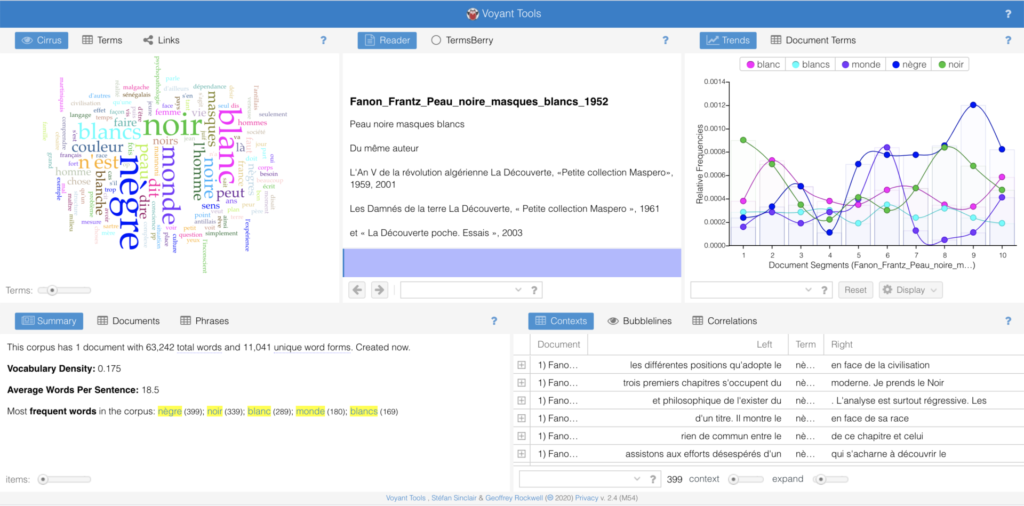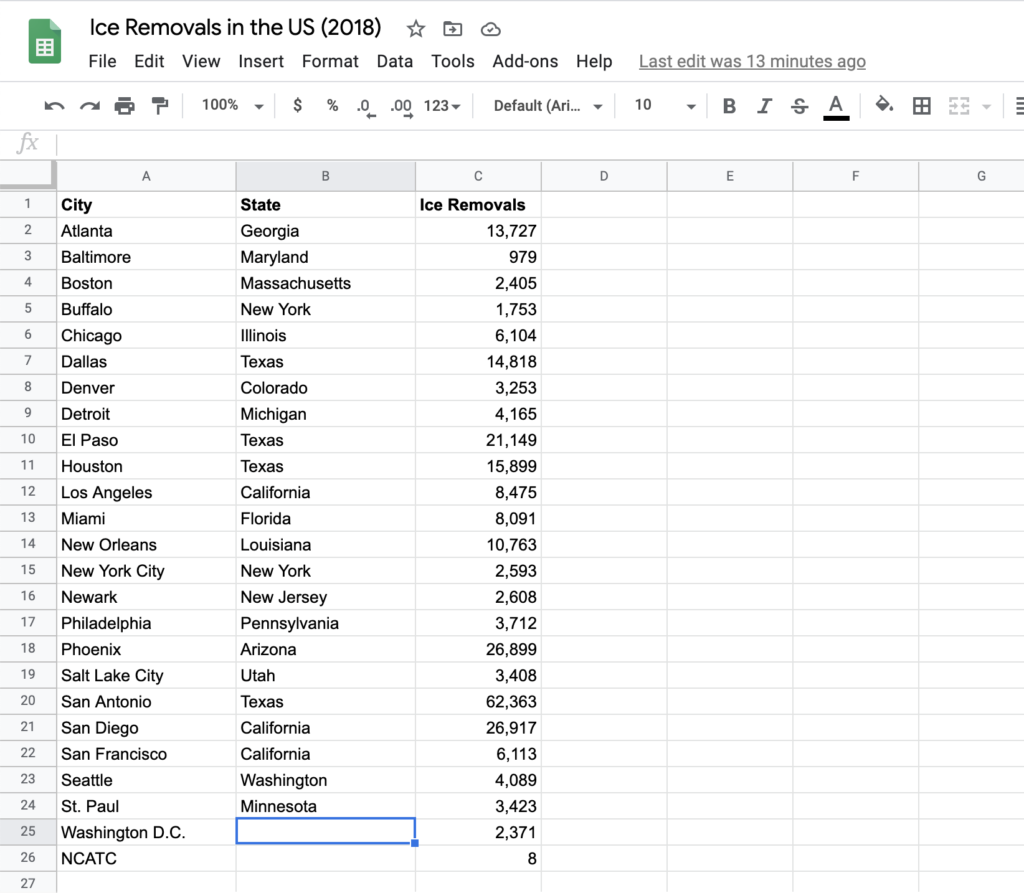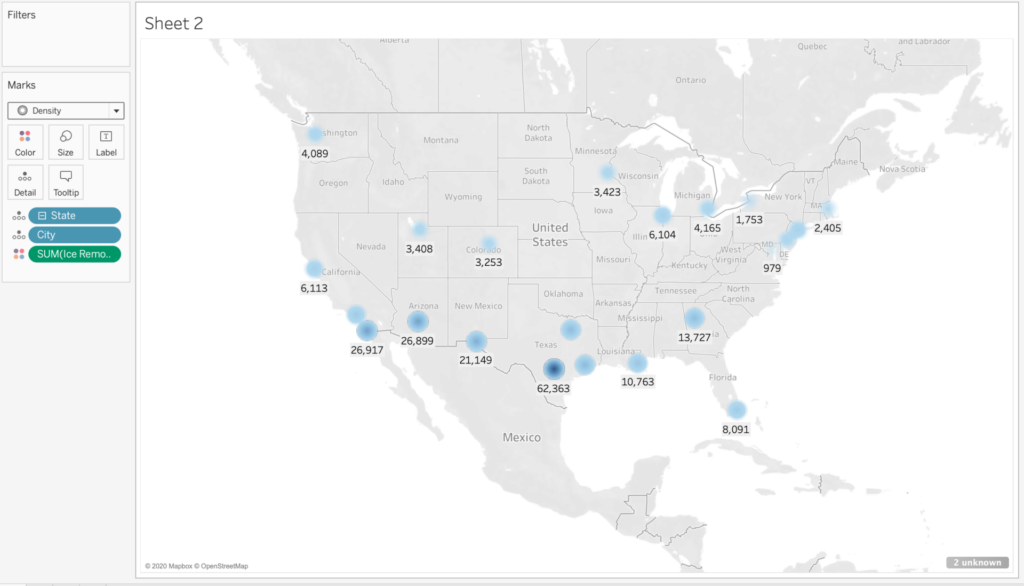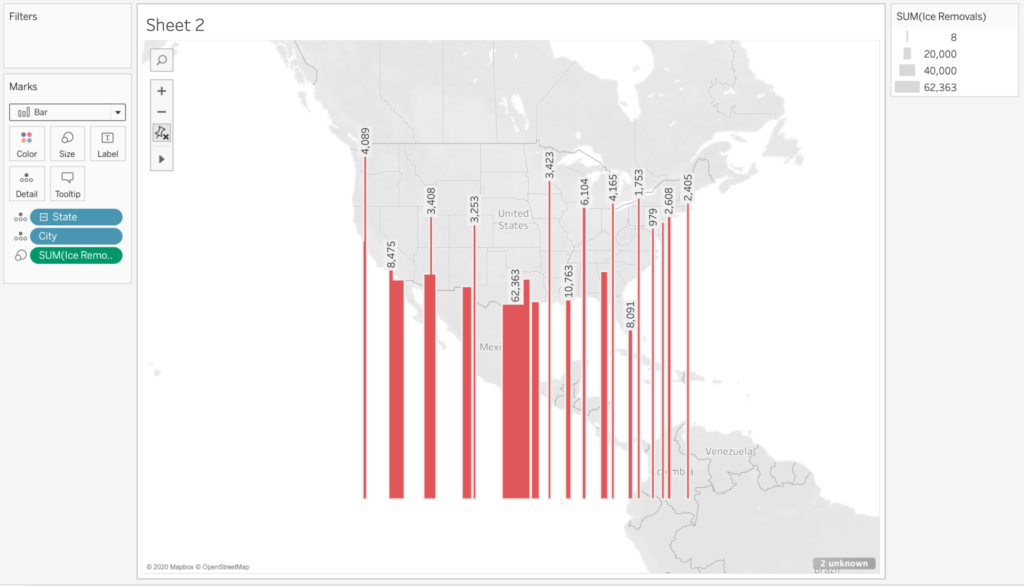My thinking on the readings from the week on Digital Pedagogy is generally scattered, but seems to boil down to what the limits of the academy are, and how the academy as a site of knowledge production has proven itself to be inextricable from other normative institutions. Without getting into the history of the academy and the university in this post, a question I have is: How are the ways in which we think and imagine within the academic classroom subtended by the academy’s relationship to normative power structures (namely, the state, capital, corporations, etc.)? As such, how does this pose a problem to the field of Digital Humanities and its subfields, such as postcolonial DH?
One of the ways these questions came to mind is from reading Lizabeth Paravisini-Gebert’s “Review of Puerto Rico Syllabus: Essential Tools for Critical Thinking about the Puerto Rican Debt Crisis”: While Paravisini-Gebert’s analysis of the syllabus’ content is important, I’m interested in the ways she went about critiquing the medium of the syllabus—specifically, its design. For example, she notes the following:
“The landing page, where the viewer now scrolls down to access the “About,” “Goals,” and “Project Leaders” sections, in addition to a lengthy video titled Exploring the Puerto Rico Syllabus Project, could benefit from being “nested” horizontally below a footer image in order to keep navigation functionality simple. As it stands now, there is too much crucial information about the project “beneath the fold.” A comparison of the site to the other public syllabi sites highlighted on the “About” page shows the number of missed opportunities at the design level…
Given the wealth of visual materials associated with the themes of debt, development, migration, and natural disasters in Puerto Rico (which include the works of artists responding to the 2017 hurricanes), their incorporation into the site would both contribute to its appeal to readers and provide a rich archive that could be easily incorporated into the syllabus itself—not as mere points of visual interest but as a fundamental contribution to the usefulness of the site.” (Paravisini-Gebert)
As someone who works as a product designer at a tech company, I find these critiques of the site’s design at the level of “functionality,” “simplicity,” and “usefulness” eerily similar to terms used within “design thinking” and “human-centered design” practices within the tech industry, without an interrogation of the fact that the desire for functionality, simplicity, and usefulness are leveraged not necessarily for the sake of accessibility, but for the purpose of making consumption and the accruing of profit easier and thus more productive. I’m interested in how the ways in which we desire technology to be designed and interact is subtended by the tech capitalism, and what that means for “the spirit of making” within the Digital Humanities. Because indeed, the calls for “creativity and innovation, critical thinking and problem solving, communication and collaboration” (Risam, 92) are also very similar to those of the 1960s cyber-counterculture that led to the formation of the tech industry as we know it. It would be wise of us, then, to be critical in interrogating not just how normative power structures subtend out imagination of what technology can look and feel like, but also how calls to imagine and create (and, I would argue, “care”) are grounded in an optimism that can be easily co-opted by the very structures we are seeking to critique.
This is where I think play can play an important role in digital pedagogy. Going back to interaction design: To counter the capitalist desire for productivity and ease of use, what would it look like to create an interface that is intentionally hard to use? Or perhaps, an interface that’s intentionally slow (see: Katherine Behar)? Or even, one that is nearly unusable? As such, how can we use play to reveal and resist the contradictions that lie at the heart of normative and violent structure? I think these are questions that could be useful, especially in a postcolonial digital pedagogy: For if we’re looking to critique how normative (white) structures have contributed to “constructing a world that privileges the stories, voices, and values of the Global North and how digital cultures in the twenty-first century reproduce these practices” then its just as important to consider how are capacities to create and imagine are limited by this very construction. Intentional play, I think, is a mode from which we can take a step back, and start to question what and how we’re making, as well as think about what we’re up against. This sort of focus, to me, seems necessary in a digital pedagogy.











